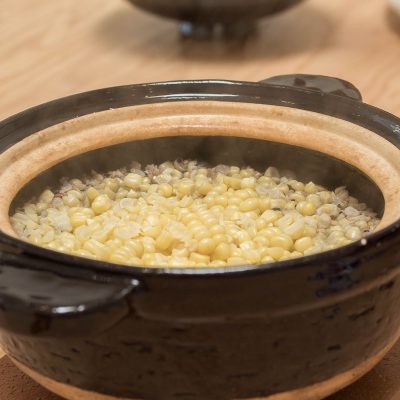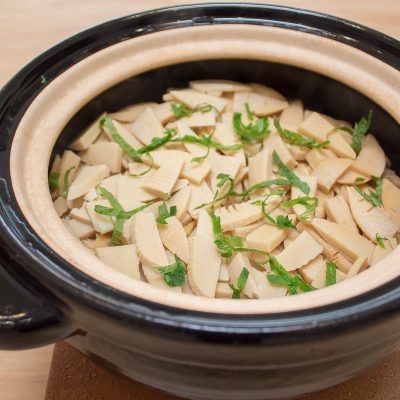Made with napa cabbage, yuba (tofu skin) and daikon, this new Mille Feuille Nabe is completely plant based, and no flavor is compromised compared to the other meat versions I have introduced. It’s rather, the flavor is so rich and the combination of yuba and miso broth brings heartiness. I can enjoy this dish all year round and my body feels so nourished!
I found delicious soft yuba by Hodo at a local Whole Foods. Yuba is not only nutritious dense, but it as the great texture and flavor. So, hope you can find it near you.









































